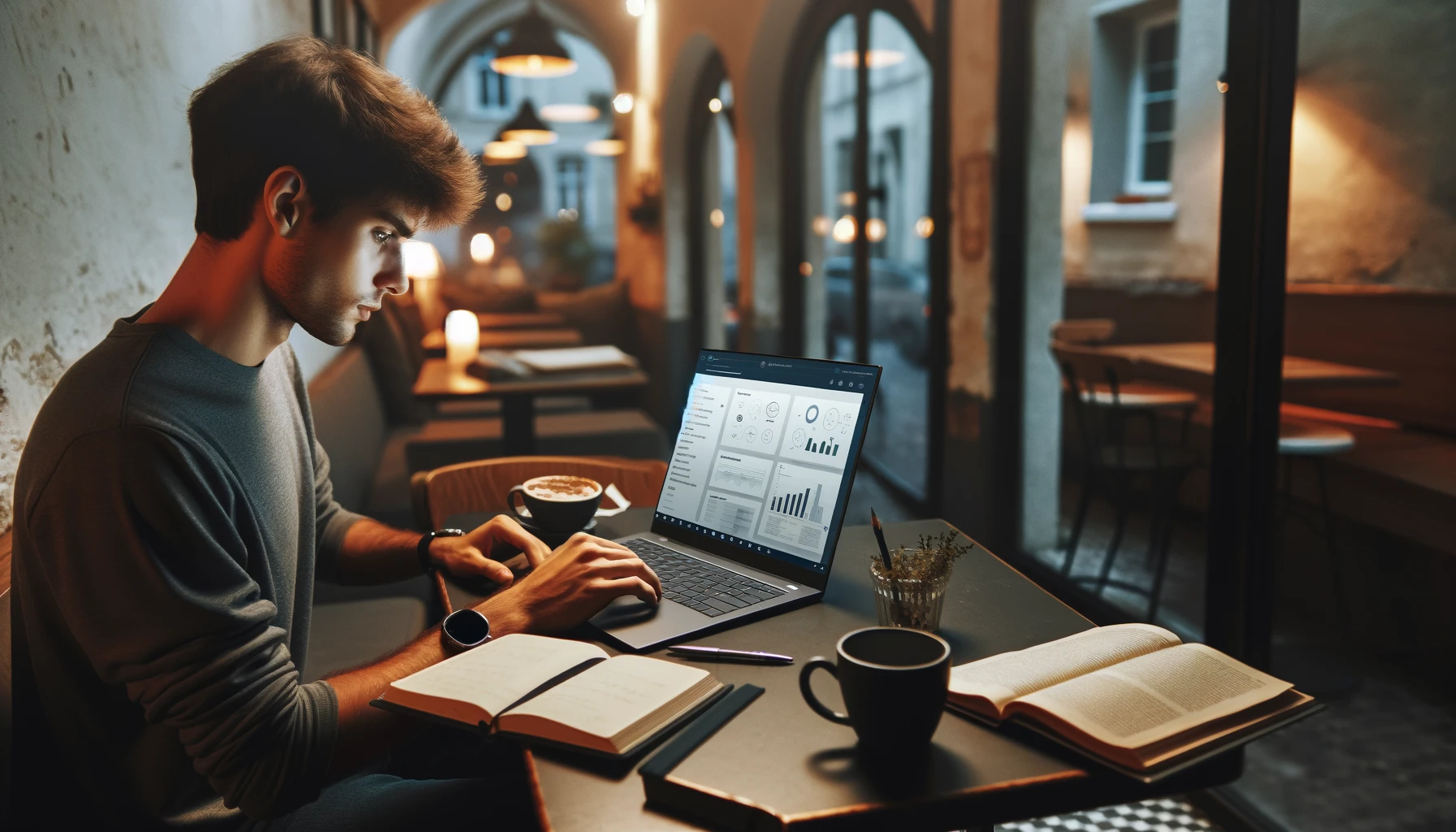

Choosing the right laptop can be daunting, given the variety of options available today. Whether it’s for work, school, or personal use, finding a model that fits your needs and budget requires careful consideration and planning.
Here are several helpful tips to make the process of buying laptops a little easier.
Before you start browsing, take a moment to really think about what you need your laptop to do. Are you a gamer looking for high processing power and top-notch graphics?
A student who needs something lightweight to carry around campus? Or perhaps you’re a professional who needs a reliable workhorse that can handle multitasking and business applications without a hitch.
Defining your primary uses will help narrow your options and focus on models that are tailored to your specific needs. This makes the actual process much less intimidating and cumbersome.
Instead of having infinite options, you can quickly narrow your list down to maybe three to five laptops that are likely to fit your needs.
Once you know what you need, set a budget. Laptops can range from a few hundred to several thousand dollars, with specifications that vary just as widely. Determine how much you are willing to spend and stick to it.
Keep in mind that investing a bit more for a higher-quality laptop can save you money in the long run, as these models tend to last longer and may require fewer upgrades.
And, as we’ll discuss shortly, the specs matter too. Spending a few hundred dollars extra now to get a high quality laptop that will meet your needs for processing power and memory can prevent you from having to buy another laptop in a couple of years.
Laptop sizes typically range from 11 inches to 17 inches. The size you choose largely depends on your balance between usability and portability. Larger screens are better if you’re playing games, participating in video conferences, or working with complex software.
However, these models are heavier and use more battery power. Smaller laptops, on the other hand, are great for traveling due to their lightweight and compact design, but they might not offer the same performance as larger ones.
The specifications are where you can really start to narrow down your choices. Focus on:
Your choice of operating system (OS) can affect your user experience. Windows is very versatile and runs on many different models. MacOS, found on MacBooks, is preferred by those who value a more seamless integration with other Apple products.
Chrome OS, found on Chromebooks, is suited for users who primarily use web applications and cloud-based services. Consider what software you need for your activities, as this might dictate your OS choice.
Once you’ve narrowed down your options, look up online reviews to see what other users and experts are saying about the models you’re considering. If possible, visit a store to get a feel for the laptop in person. Check the keyboard comfort, the screen visibility from different angles, and the build quality.
Sometimes hands-on experience can change your mind about what’s really important to you in a laptop. Sure, you can read about specs online – but it’s helpful to be able to touch the laptop and get a feel for things like tactile response.
As you search for your next laptop, be patient and really commit to doing your due diligence. A good laptop should last you for the next five to seven years (minimum).
Don’t rush the process, as you could end up with buyer’s remorse. Instead, take your time and work through some of the different tips outlined in this article!